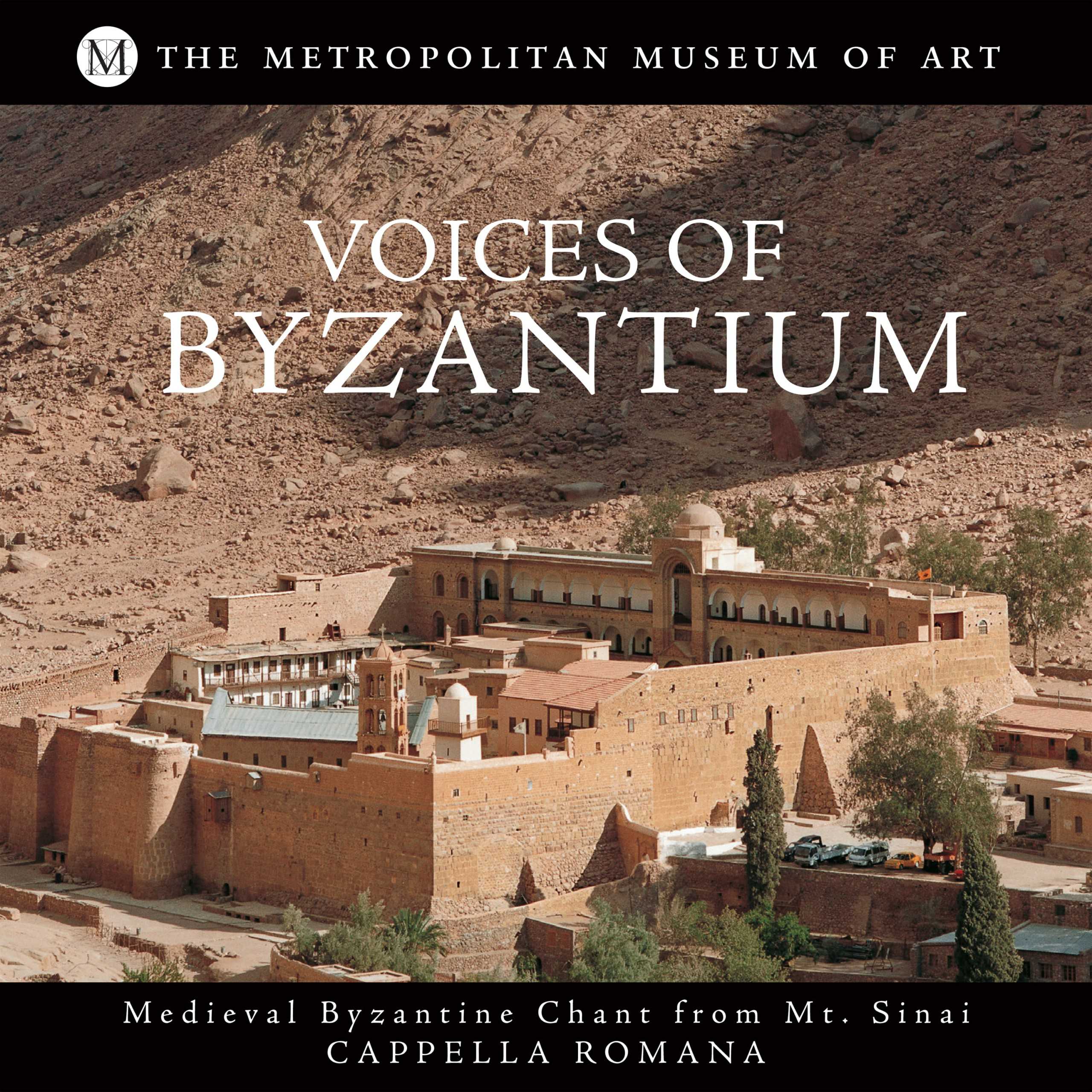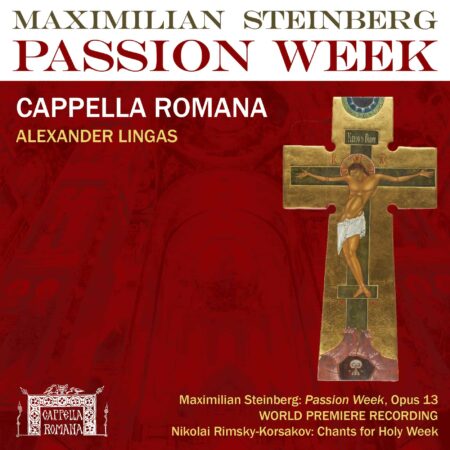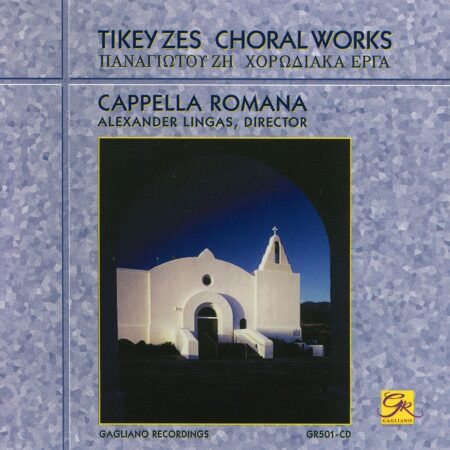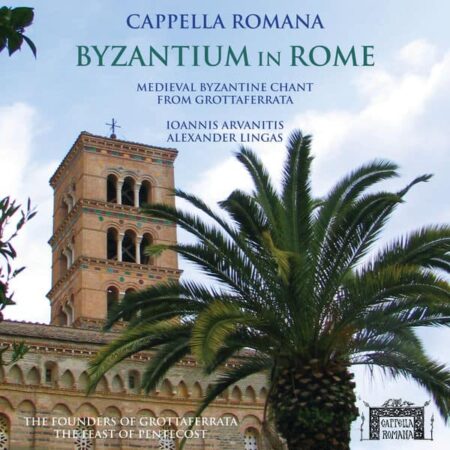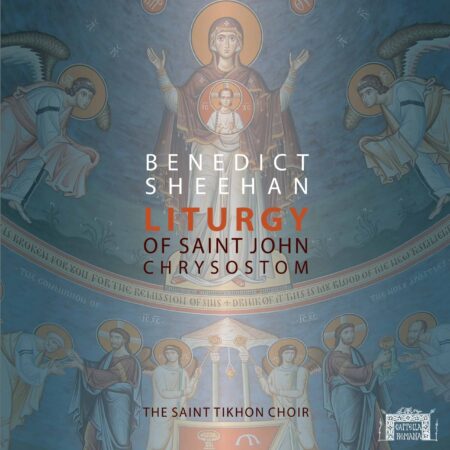In this recording, Mt Sinai Frontier of Byzantium, Cappella Romana performs exquisite Byzantine musical treasures–from the cathedrals and monasteries of the Eastern Roman Empire–preserved from destruction in the Egyptian desert at the Greek Orthodox Monastery of St. Catherine at Mt. Sinai. Features music for the medieval celebration of Vespers in honor of St. Catherine, and Byzantium’s only liturgical drama, the Service of the Three Youths in the Fiery Furnace. Music originally commissioned by the J. Paul Getty Center in Los Angeles for its mega-exhibition “Icons from Sinai.”
- Invitatorium: Traditional, MS Sinai 1257 (dated 1332), Mode Plagal 4 Audio Player
- Proemium: from Psalm 103, Traditional, Mode Plagal 4 Audio Player
- Anoixantaria: St. John Koukouzeles (late 13th–early 14th c.)
MSS Sinai 1257, Sinai 1527 (late 15th c.), Athens 2458 (dated 1336), Mode Plagal 4
Audio Player - Doxology of the Anoixantaria: Traditional, MS Sinai 1257, Mode 2
- Psalm 140: 1 Audio Player
- Paslm 140: 2 Audio Player
- Psalm 140: 3-5 Audio Player
- Three Stichera Prosomoia for St. Catherine: Traditional, MS Sinai 1250 (15th c.), Mode 1
- Part 1, Traditional, MS Ambrosianus 139 A sup. (14th c.) Audio Player
- Part 2, Manuel Chrysaphes the Lampadarios (mid-15th c.),
MS Sinai 1234 (autograph of John Plousiadenos, dated 1469), Mode Plagal 2 - 1 Sticheron, MS Ambrosianus 139 A sup. (14th c.), Mode 2 Audio Player
- First Canticle, Ode 7, The Song of the Three Holy Children with Refrains
Traditional and Xenos Korones (14th c.)
Audio Player - Sticheron “The Angel of the Lord came down”
Manuel Gazes the Lampadarios (fl. 1st half of the 15th c.), Mode Plagal 4 c
Audio Player - Conclusion of the First Canticle Audio Player
- Second Canticle, Ode 8 Audio Player
- Kalophonic Sticheron “When the tyrant saw”: Angelos Gregoriou (later 15th c.), Mode Plagal 4 Audio Player
- Conclusion of the Second Canticle
The Vespers of St. Catherine
Audio PlayerFrom the Lamplighting Psalms, the Kekragarion: Traditional, MS Sinai 1255 (15th c.), Mode 1
Audio PlayerDoxastikon: Sticheron Idiomelon, Mode 2
Audio PlayerThe Service of the Furnace: A liturgical account of the Three Holy Children according to MS Sinai 1527 (late 15th c.)
Audio PlayerEarly Music America
The music speaks to a higher self: its target is the divine and focuses on the soul in direct union with God. One of its hallmarks is the luxurious usage of time. ” –Paul-James Dwyer
Toronto Early Music News
“This music speaks to a higher self; its target is the divine and focuses the soul in direct union with God. One of its features is the luxurious usage of time. Time seems to be suspended when you listen to these works. Crescendo, suspensions and intensity are not lacking but the spirit of calmness is… Continue reading Voices of Byzantium: Medieval Byzantine Chant from Mt. Sinai ” –
Fanfare
The choir of eight men sings with deep-throated conviction and a solemnity that preserves the forward motion of the works. ” –J.F. Weber

